PUBS OF
Hastings & St Leonards
Yates
Robertson Street
The building currently occupied by Yates was built in 1858 and opened in 1859 as the Music Hall. Also known as the Hastings Central Assembly Rooms, it opened on the 12th January. Its first concert was a performance of Handel’s Messiah sung by the London Sacred Harmonic Society to ‘the largest company ever gathered in this town comprising all the rank, fashion and beauty the neighborhood could boast’. The main feature of the Music Hall was the first-
On the ground floor, the large room on the west side of the building was occupied by the Hastings Mechanics Institute. The basement, a natural arched cellar, was later to become the famous Crypt music venue.
By 1875 the building was in use for many different purposes including the Hastings School of Art and Science located at the ‘top of the Music Hall’. It was consequently renamed the Public Hall in mid-
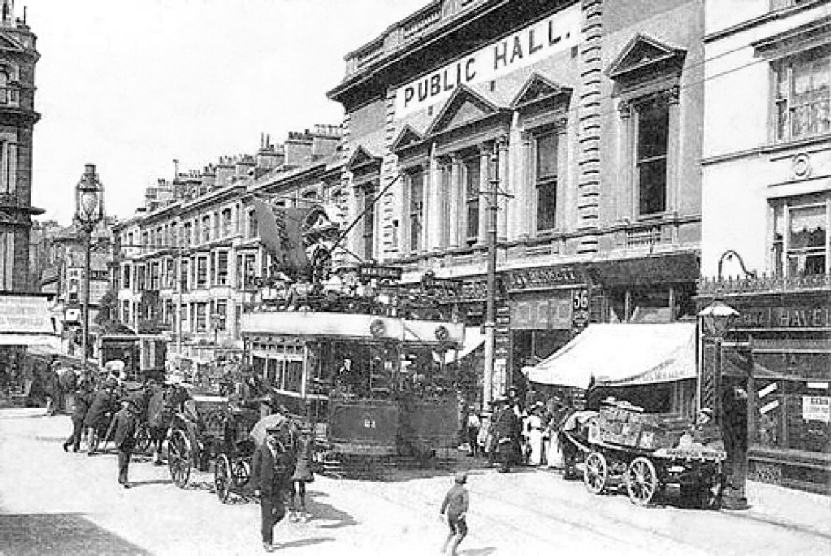
Pubic Hall c1910
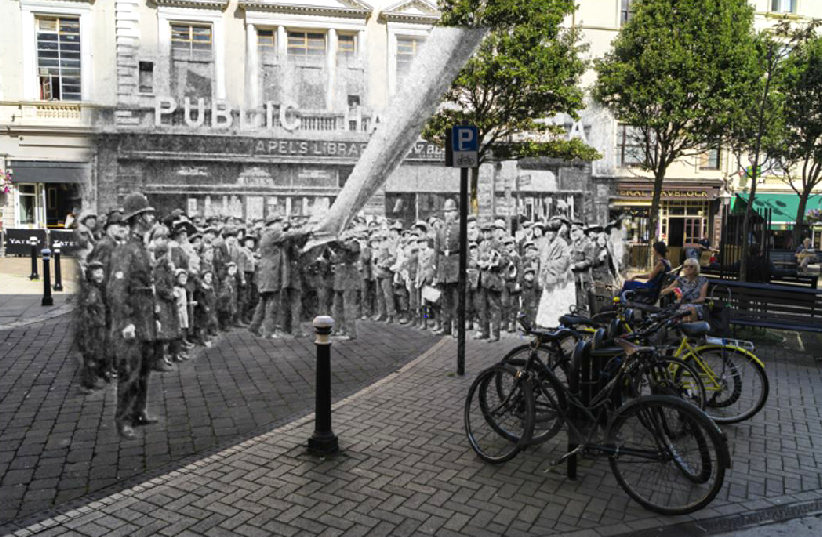
A photo montage of a fire drill outside the Public Hall then used as Apel’s Library
The final years of the 19th century and the period leading up to the First World War were militant times. Suffragettes such as Emmeline Pankhurst, Trade Unionists and Socialists all hired the Public Hall for meetings as did some local churches. In 1895, for example, a ‘Merry Spring Bazaar’ was held here. This was a fund raiser to pay off the debts of the Wesley Chapel in the Bourne. Thomas Brassey, Hastings’ Liberal MP from 1868 –1886, was the main speaker.
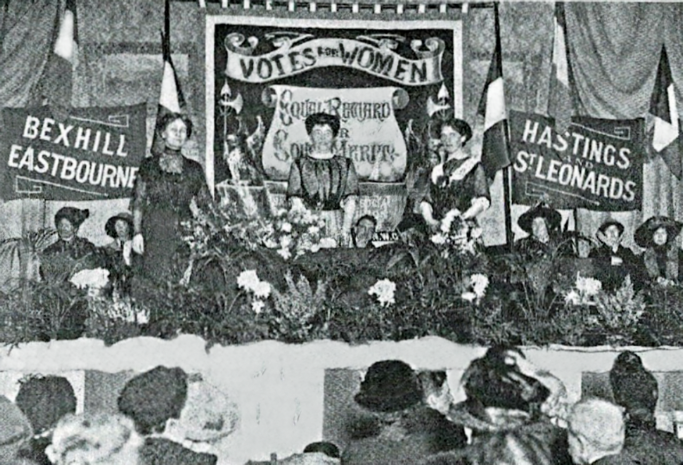
Suffrage meeting at Public Hall with Emmeline Pankhurst, Edith Mansell-
Occasional films were first shown from 1913 when the building was converted into a cinema. The Lumiere brothers, French chemists and cinema pioneers from the end of the 19th century, invented the cinematograph, a process of colour photography in 1896. They were the first film makers and patented the colour process in 1903 which went on the market in 1907. The Public Hall immediately put on a demonstration of slides using the new Lumiere process of photography in natural colours. This was said to be the first time it was shown in England. More new owners took over in 1930 and the cinema was re-
On 30th September 1940 during the Battle of Britain, the front of the building was hit by a German bomb, killing 14 people including the manager, who was standing outside. Twelve others were seriously injured. Described as ‘the most tragic air raid on Hastings’, the high explosive bomb struck the façade of the Plaza Cinema killing eight people and wounding and injuring many more. The eventual toll being 14 dead, 12 seriously injured and 23 lightly wounded. Two of the victims are buried in the civilian section in Hastings Cemetery, Cecil Hume and a 14-
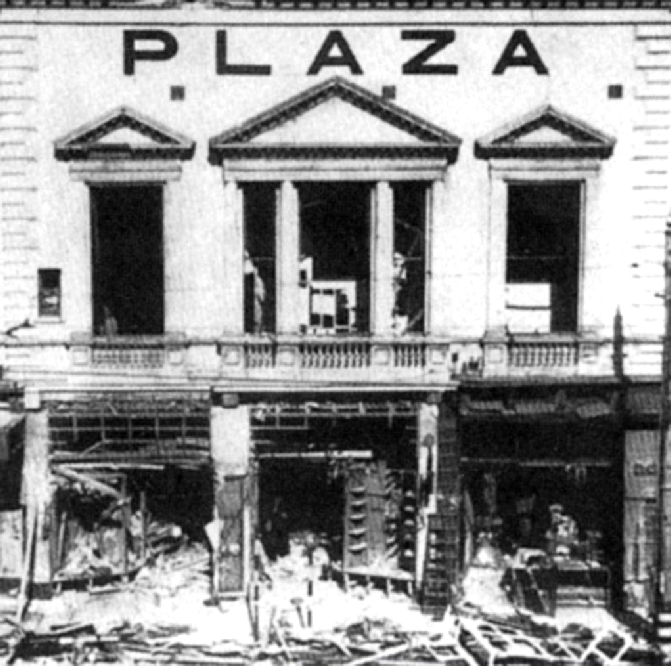
Plaza as a bombsite 1940
Repairs were carried out and in 1948 the cinema was taken over by the Cranfield Cinema Company and re-
In 1977 the whole complex, including WH Smiths and the York and Crypt Bars, now the Bat and Bee, was sold for a reported £250,000. The choice of films changed to family and first-
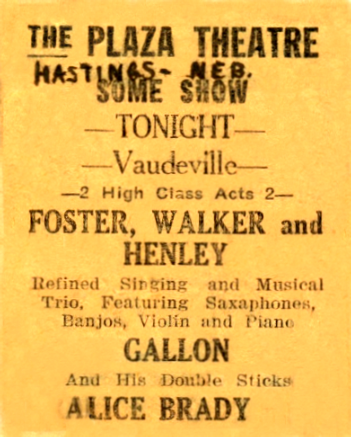
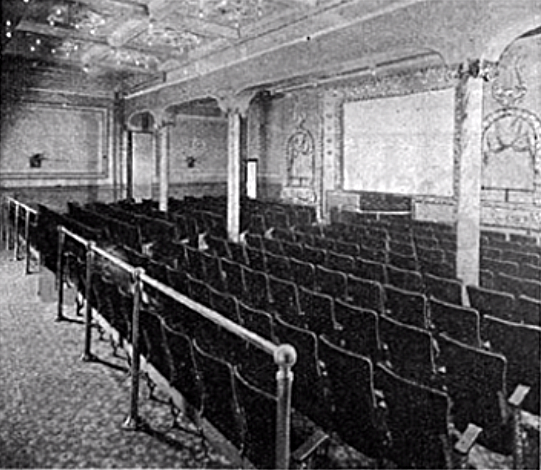
Typical cinema interior pre-

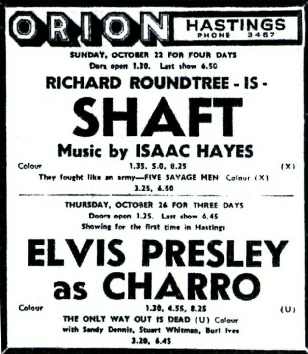
Robertson Street now accommodates three adjoining licensed premises on this site: Yates, the Bat and Bee and the Havelock.
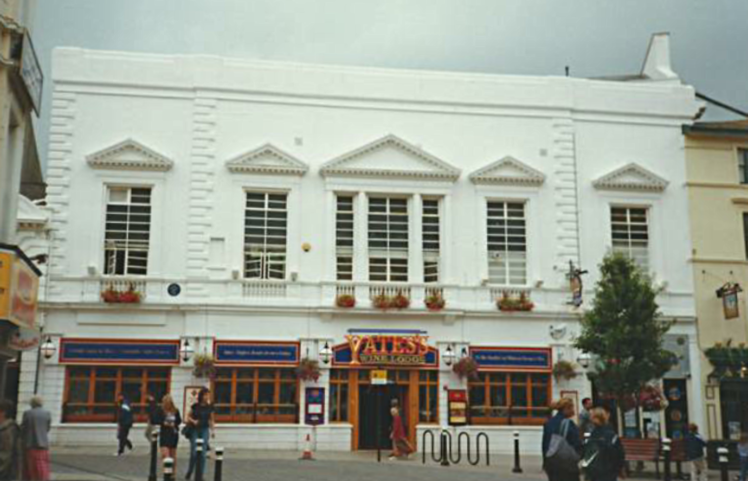
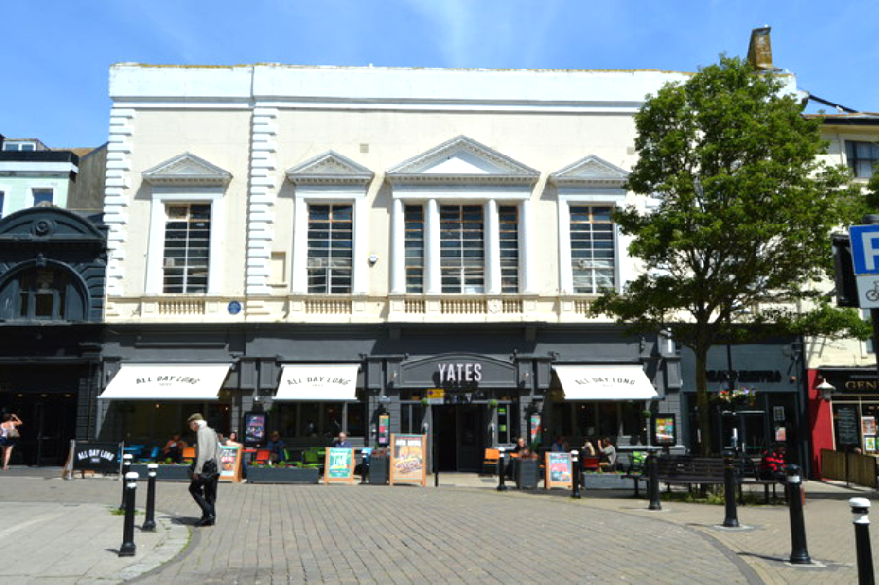
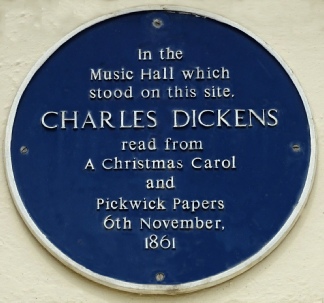
In 1861 Charles Dickens appeared at the music hall and gave readings from two of his works. It was reported that he drew a crowd of maximum capacity with a large number unable to get in. Two lines of waiting horse drawn carriages stretched up Cambridge Road for half a mile.

Charles Dickens 1861
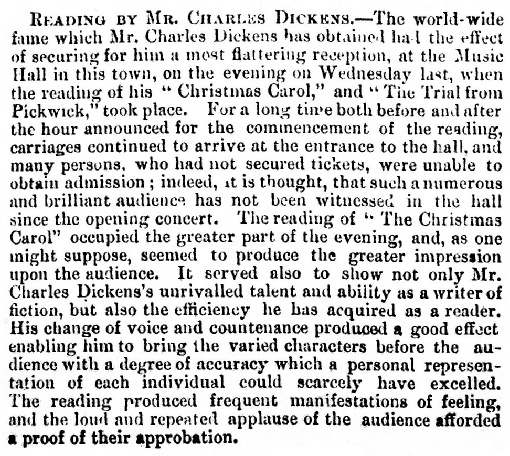
A newspaper report of the reading in 1861
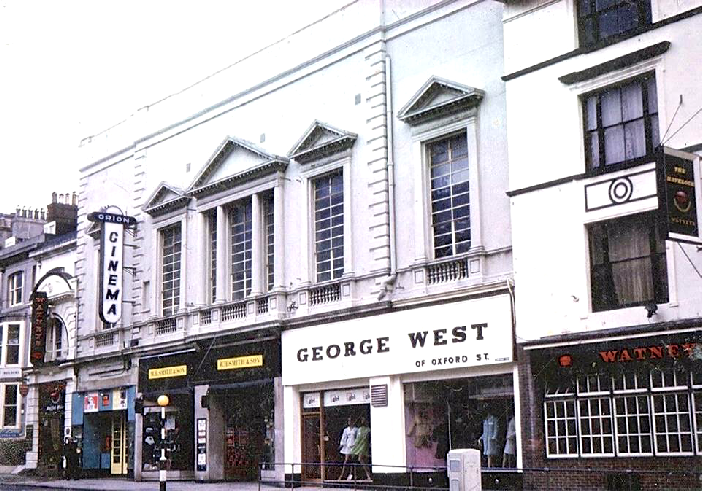
Orion cinema

Showing the narrow cinema entrance